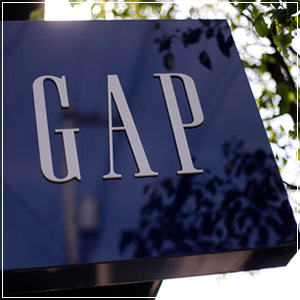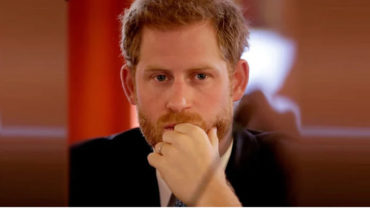Gap Inc still struggling to revive its namesake brand, is streamlining its store base and headquarters staff.
The company said Monday that Gap will close about 175 specialty stores in North America over the next few years, with about 140 closures this fiscal year. The changes will not impact Gap outlet and Gap factory stores. Gap will also close “a limited number” of European stores this year.
About 250 jobs are also being cut at Gap’s North American headquarters this year.
The company intends to reduce the Gap fleet down to about 800 stores, including 500 Gap specialty locations and 300 Gap outlets. At the end of the fourth quarter there were 977 units in North America. However, it will maintain its presence in more than 50 countries with about 1,600 company-operated and franchise locations around the world. The San Francisco-based specialty retailer said its “right-sizing its specialty store fleet and streamlining its headquarter workforce, primarily in North America, to deliver more consistent and compelling product collections and better engage customers.”
Gap brand comparable-store sales were down 5 percent last year worldwide, while the Old Navy division comped up 5 percent and Banana Republic was flat.
The company estimated losing approximately $300 million in sales annually due to the store closures. Additionally, the company estimates one-time closing costs to be in the range of approximately $140 million to $160 million, including about $55 million to $75 million in non-cash charges. These costs are expected to be recognized primarily in the second quarter and will include lease buyouts, asset impairments primarily related to the Gap fleet, inventory and fabric write-offs, and employee-related costs associated with organizational changes.
Gap Inc. estimated annualized savings from these actions to be approximately $25 million, beginning in 2016.
Excluding the estimated pre-tax costs of $140 million to $160 million, or approximately 21 cents to 24 cents per diluted share, the company is reaffirming its profit guidance for fiscal year 2015 to be in the range of $2.75 to $2.80.
“Returning Gap brand to growth has been the top priority since my appointment four months ago -and Jeff and his team bring a sense of urgency to this work,” said Art Peck, Gap Inc.’s chief executive officer, referring to Jeff Kirwan, global president for Gap brand. “Customers are rapidly changing how they shop today, and these moves will help get Gap back to where we know it deserves to be.”
Kirwan said, “We’re focused on offering consistent, on-brand product collections and enhancing the customer experience across all of our channels, including a smaller, more vibrant fleet of stores.”
Since Kirwan was appointed to lead Gap in December, he’s quickly rebuilt the team and has been striving to deliver what the company described as “a clear, on-brand product aesthetic framework focused on optimistic and elevated American style.” He’s also seeking to speed up the product development cycle and responsiveness to trends and sales.
“These decisions are very difficult, knowing they will affect a number of our valued employees, but we are confident they are necessary to help create a winning future for our employees, our customers and our shareholders,” Kirwan said.
Rebekka Bay, executive vice president and creative director of Gap brand, left the company in January and her position was eliminated. At the same time, Gap Inc. veteran Scott Key was named senior vice president and general manager of customer experience at the Gap brand to oversee a newly combined e-commerce and marketing organization, in an effort to make Gap more customer-centric.






